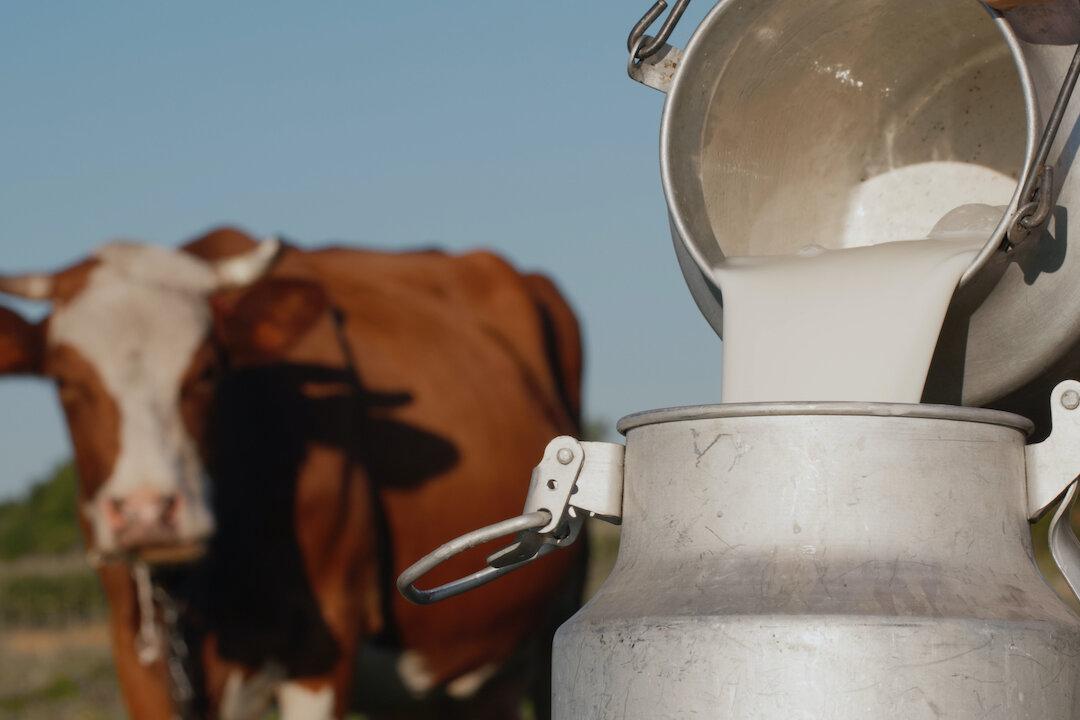Dairy is a common trigger for autoimmune and chronic diseases. Consequently, sometimes people reluctantly remove dairy from their diet in an attempt to heal themselves. I went dairy-free for roughly five years in order to reverse rheumatoid arthritis. I believe removing all dairy from my diet was a critical step in my healing journey. However, if you don’t want to give up your cheese, there might be another option.
While milk contains a protein called casein, which can trigger autoimmune diseases such as multiple sclerosis, not all casein is the same. There are two known forms of casein: A1 and A2.






